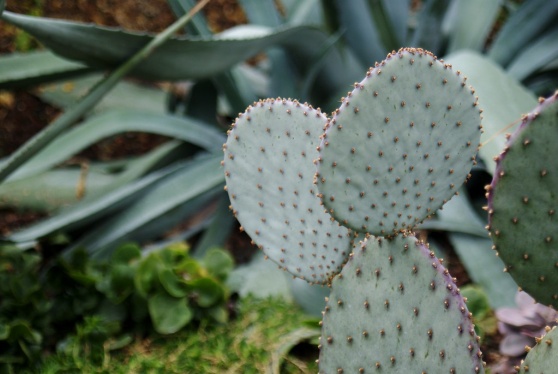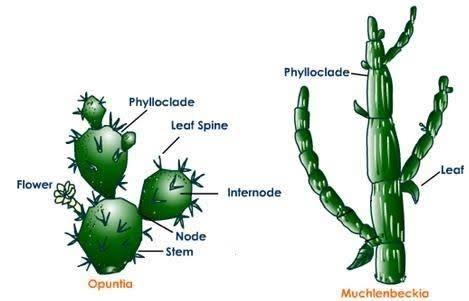Stem is the axis of the shoot system of a plant. It bears branches, leaves, flowers and fruits. It is developed from the plumule of a growing embryo. Leaves and buds are borne on stem nodes. Distance between two nodes is known as an internode.
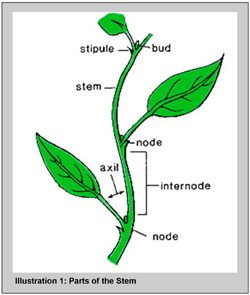
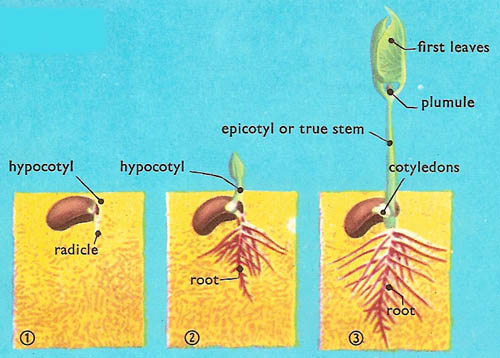
Characteristics of Stem
- Stem shows nodes and internodes.
- Axilliary buds and terminal buds are present.
- They are positively geotropic and negatively phototropic.
- It is normally green in colour.
Stem Modifications:
The main function of the stem is to conduct water and minerals from the root, through xylem to the leaves; and to distribute the food produced in the leaves to various parts of the plant body through phloem. It also spreads out the branches bearing leaves and flowers.
In some plants, the stem is modified to perform various other functions such as food storage, support, protection and vegetative propagation.
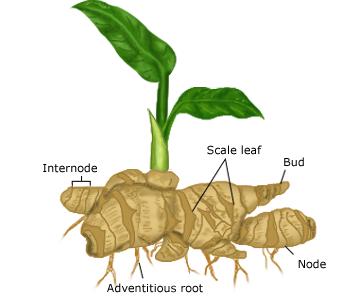
Underground stem modification
Rhizome: When the stem grows horizontally under the soil, buds and Axilliary roots are formed on the nodes. Some of these buds produce aerial shoots bearing leaves. (E.g. Ginger, Turmeric etc.)
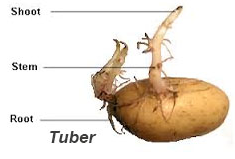
Stem tuber: Tip of certain branches of the underground stem becomes swollen and spherical by storing food in the form of starch. These are called stem tubers. They have depressions on the surface (called eyes) in which small buds are present. These buds are capable of producing a new shoot by vegetative propagation. (E.g. Potato)
Sub-aerial stem modifications
Runner: These are the weak creeper stems that run horizontally on soil surface. They have long internodes which bear adventitious roots and shoots. (E.g. Oxalis)
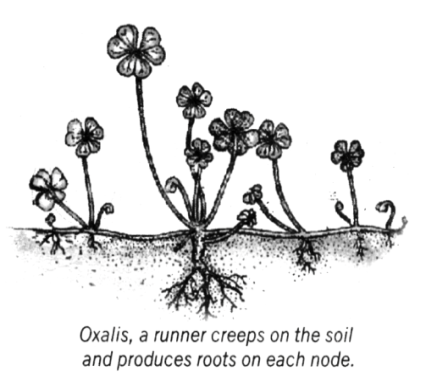
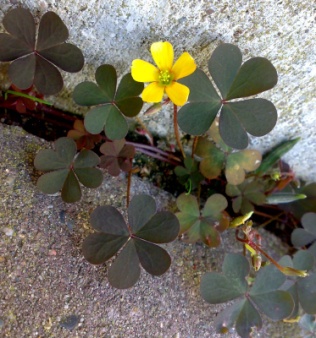
Sucker: It is a branch that arises from the basal and underground part of the main stem. It grows horizontally beneath the soil for some distance and then emerges obliquely above the ground and bears a leafy shoot (E.g. Chrysanthemum).
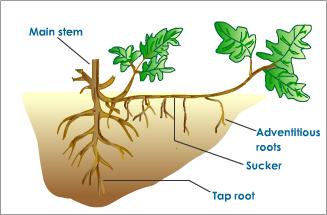
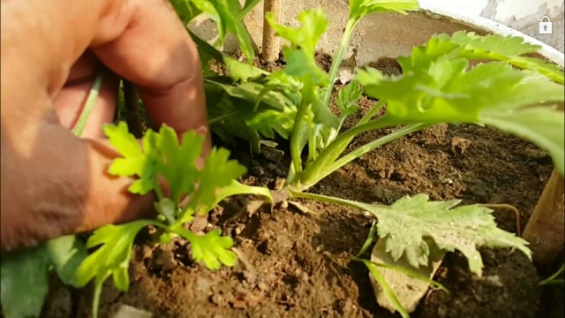
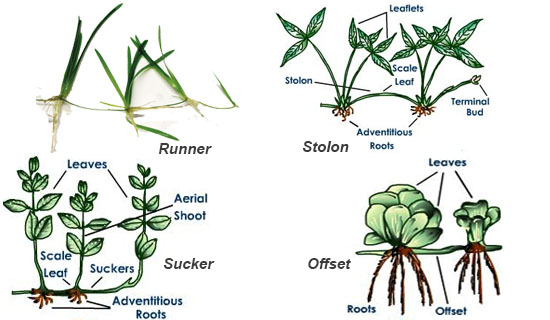
Stolon: It is a special type of lateral branch that originates from the base of the stem. It arches downwards to touch the ground. The terminal bud at this point then gives rise to new shoot and roots.
Aerial stem modifications
Tendrils: These are soft, slender and spiral structures that encircles around a solid support to help the plant in growth. It can arise from Axilliary buds (E.g. Cucurbita) or from terminal buds (e.g. Grape wine).
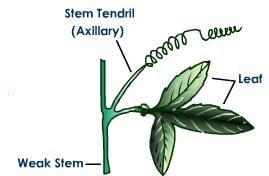
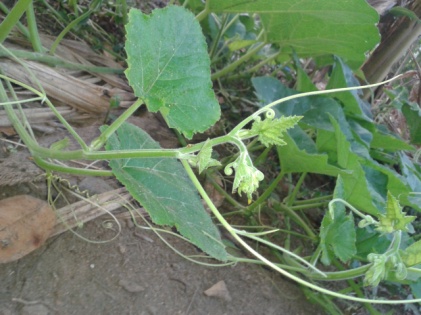
Thorns: Thorns are wooden and pointed structures, developing from Axilliary buds. They are used by plants for protection from animals. (e.g. Citrus)
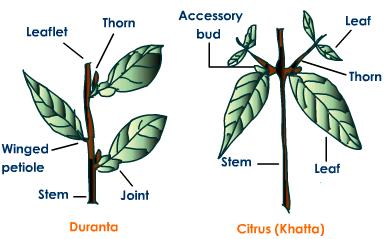
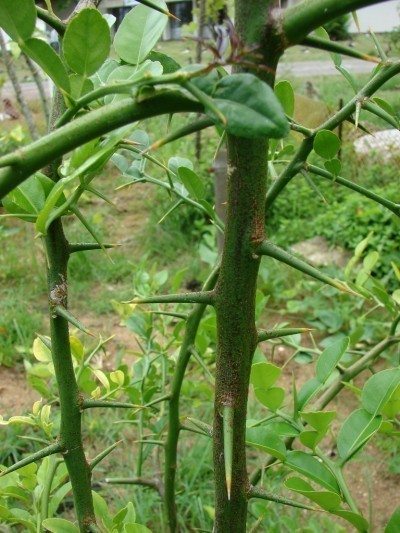
Phylloclades: The plants found in arid areas (like desert), the stem is modified into photosynthetic structures. They will become fleshy, flattened and green leaf like structures. They have several nodes and internodes. (e.g. Opuntia)
